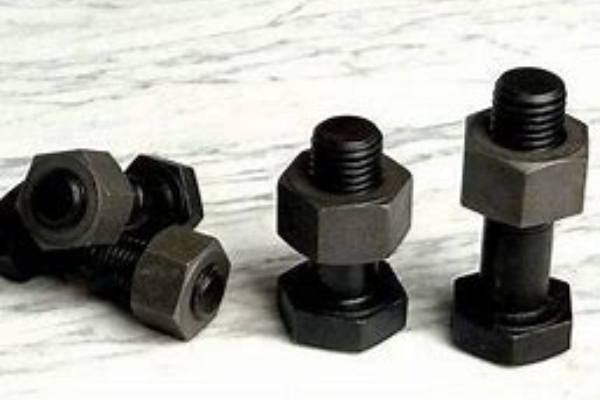With the development of science and technology and the progress of society, the performance testing of mechanical materials has become more and more important. Mechanical property testing is a method to evaluate the performance and stability of materials under stress. In this paper, we will focus on one of the indicators in mechanical property testing: non-proportional elongation strength.
1. What is non-proportional elongation strength?
Non-proportional elongation strength (Proof Strength) is the ability of a material to continue to extend without deformation after the stress exceeds the proportional limit. It is one of the most important indicators of a material's resistance to deformation, and is usually labeled as strength.

2. Role of non-proportional elongation strength
Evaluating a material's resistance to plastic deformation
Non-proportional elongation strength assesses the ability of a material to resist plastic deformation. When a material is subjected to an external force that exceeds the proportional limit, the material will deform plastically. Measurement of non-proportional elongation strength provides information that helps engineers and researchers understand how much a material will deform under normal operating conditions, as well as its reliability and durability.
Effective Prediction of Material Mechanical Properties
Non-proportional elongation strength can also be used as one of the indicators to effectively predict the mechanical properties of a material. By testing and measuring non-proportional elongation strength, information can be gained about a material's durability, flexural strength, and fatigue properties. This helps engineers and designers to select appropriate materials and design products rationally.

3. How is non-proportional elongation tested?
Non-proportional elongation strength is usually tested using a tensile testing machine. In this test, a sample of material is stretched, gradually increasing the force and measuring the deformation of the material. The sign of non-proportional elongation is reached when the stress in the material exceeds the proportional limit. The test results are usually presented in the form of a standard mechanical property curve.